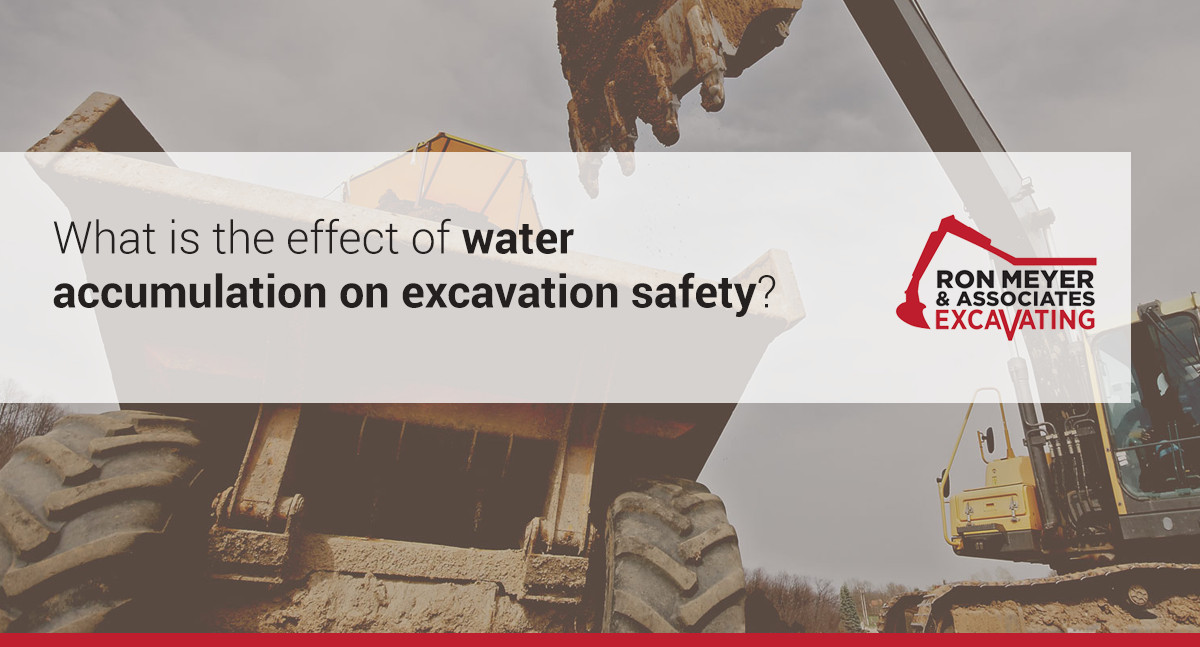
Water accumulation in an excavation can undermine the sides of the excavation and make it more difficult for workers to get out of the excavation.
The OSHA standards prohibit employers from allowing workers to enter an excavation where water has accumulated or is accumulating unless adequate precautions are taken to protect workers.
Such precautions can include special support or shield systems to prevent cave-ins, water removal to control the water level, or the use of a safety harness and lifeline.
If an employer uses water removal equipment to control or prevent water accumulation, the equipment and operations must be monitored by a competent person to ensure proper use.
If excavation work interrupts the natural drainage of surface water, the OSHA standards also require the use of diversion ditches, dikes, or other suitable means to prevent surface water from entering the excavation and to provide adequate drainage of the adjacent area.
In addition, a competent person must inspect excavations subject to runoffs from heavy rains, and excavations subject to such runoffs are subject to the requirements described above.
Other common questions:
- What is the difference between an excavation and a trench?
- When Must Employers Conduct Excavation Site Inspections?
- What Excavation Hazards Do Employers Need to Address?
- What are the requirements for safely installing & removing protective systems?
- What is a Competent Person in Trenching & Excavation?
- What are the soil classification categories in excavation?
At Ron Meyer & Associate Excavating, Inc, we’ve been providing underground and commercial construction to private and commercial businesses for 39 years. As the general contractor or subcontractor, our experienced foremen, equipment operators, pipe layers, truck drivers and well-maintained equipment fleet make us an undeniable choice for your excavating services. Let’s talk about your project!
Sources:
- https://www.osha.gov/Publications/osha2226.pdf

As 45 years of experience as an underground/site contactor and a third generation contractor, Ron takes time to go through each individual project with the supervisor and is responsible for all scheduling and equipment logistics. He’s also involved in all troubleshooting for projects.